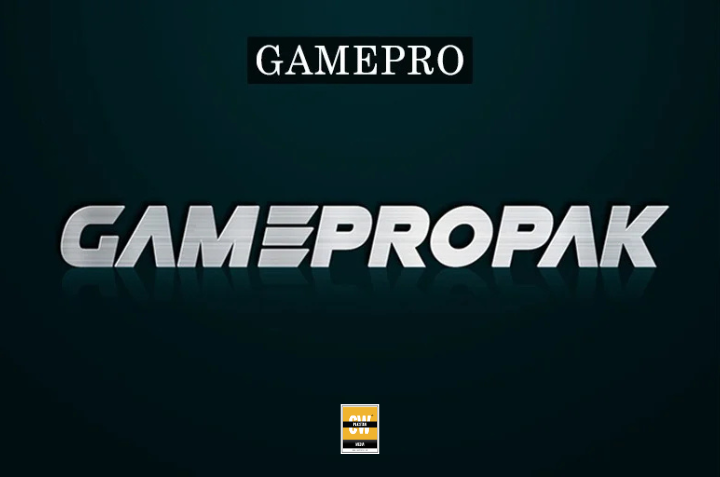Cronos: The New Dawn arrives as Bloober Team’s latest project following its critically acclaimed Silent Hill 2 remake in 2024, setting expectations sky high for another defining survival-horror experience. This time, the studio has shifted from psychological scares to a more action-driven narrative that evokes clear inspiration from Dead Space. Set in the plague-ridden ruins of New Dawn, a futuristic Polish city torn apart by a catastrophic outbreak, the game introduces players to an investigator known only as the Traveler. While the atmospheric setting and intriguing time-rift mechanics inject originality into the formula, Cronos struggles to carve out its own distinct identity, often weighed down by combat that feels overly familiar and not as finely tuned as its influences.
Stepping into the Traveler’s suit, players quickly learn that most survivors have been transformed into grotesque mutants known as “orphans,” each bent on tearing apart anything in their path. A unique twist comes in the form of the Traveler’s ability to journey back through rifts in time, harvesting the essence of individuals before they were consumed by the plague. These interactions allow for story revelations and character buffs, blending detective-style narrative moments with gameplay systems that alter combat and survival tactics. The Traveler’s stoic demeanor and solemn mantra, “Such is our calling,” set the tone for a protagonist who initially feels distant but gradually becomes compelling as her encounters with these essences erode her mental state. Hallucinations and unsettling visions blur the line between reality and madness, echoing the psychological torment of characters like Isaac Clarke while grounding the story in its own identity.
The environments of Cronos bolster its worldbuilding with striking visual design. From decayed apartment blocks to eerie hospitals and fractured architectural spaces that feel suspended between timelines, each location conveys unease. Yet, despite these strong atmospherics, pacing issues arise from extended filler sections that dilute momentum. Long sequences, such as restoring power to trainlines or trudging through biomass-choked corridors, drag the otherwise sharp tension into repetitive territory. While monsters bursting through walls provide brief shocks, the overall scare factor remains muted compared to the intensity Bloober previously delivered in Silent Hill 2. Still, environmental storytelling shines in moments, from bloodied interrogation chambers to remnants of riot police resistance, painting a vivid picture of a city that has collapsed under its own horror.
Combat remains the area where Cronos falters most. Armed with a shape-shifting weapon capable of taking on pistol, shotgun, and rifle forms, players dispatch mutants through headshots and resource management. While ammunition scarcity keeps tension high, the lack of variety and absence of deeper systems like stasis or telekinesis make battles feel repetitive. The orphans themselves, grotesque in design and often reminiscent of John Carpenter’s cinematic nightmares, come in varied forms, including tentacled fiends and lumbering brutes, yet encounters rarely demand more than straightforward shooting. The addition of corpse-absorbing mutations creates urgency but borrows too heavily from Dead Space’s mechanics without expanding on them in a meaningful way. Even the Traveler’s time manipulation ability, which allows for reversing environmental obstacles, barely factors into combat, missing an opportunity for innovation.
That said, Cronos manages to deliver memorable set pieces in its boss fights, which stand out as highlights of the campaign. These encounters, though mechanically simple in design, benefit from claustrophobic arenas and grotesque creature concepts, forcing players to conserve resources and survive by the narrowest margins. In these moments, Cronos taps into the raw fear and desperation that define survival horror, briefly rising above its shortcomings. The essence system also provides a layer of choice, letting players select buffs at the cost of others, though its impact is inconsistent and occasionally opaque. Performance issues, such as clunky hit detection and instances where the Traveler becomes stuck on environmental objects, occasionally disrupt the immersion, adding frustration during already tense encounters.
Cronos: The New Dawn ultimately succeeds in crafting a bleak world steeped in dread, filled with visual and narrative details that make exploration rewarding. However, its combat design leans too heavily on borrowed ideas without building significantly upon them, making the gameplay loop feel derivative. Where Silent Hill 2 excelled at psychological terror and Dead Space at inventive combat, Cronos settles somewhere in the middle, offering a solid but uneven experience. Fans of the genre will find moments worth appreciating, from its twisted creature designs to its nerve-racking boss fights, but the game struggles to sustain its tension consistently across its 14-hour runtime. Cronos captures the essence of survival horror but lacks the innovation to truly push the genre forward.
Follow the SPIN IDG WhatsApp Channel for updates across the Smart Pakistan Insights Network covering all of Pakistan’s technology ecosystem.




